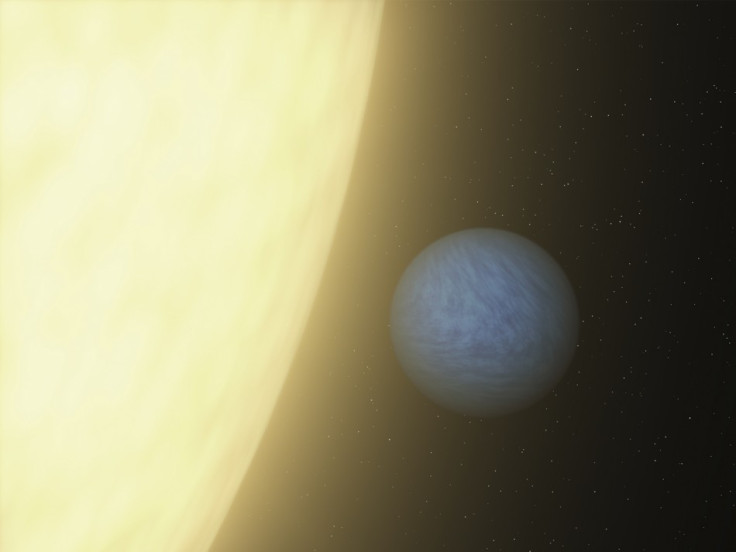'Diamond-Rich Super-Earth' Found Orbiting Nearby Star

A planet that is twice the size of earth and made of diamonds has been discovered orbiting a nearby star.
Scientists at Yale University first spotted the planet, which has been named 55 Cancri e, last year, when astronomers were first able to measure its radius.
The planet's mass is eight times greater than earth - making it a 'super earth' - and it is one of five planets orbiting the star located 40 light years from earth.
It is estimated that at least a third of the planet's mass could be made of diamond, which is equivalent to about three times the mass of Earth.
Lead researcher Nikku Madhusudhan said: "This is our first glimpse of a rocky world with a fundamentally different chemistry from Earth.
"The surface of this planet is likely covered in graphite and diamond rather than water and granite."
The diamond planet orbits the star at hyper speed, with one year lasting just 18 hours. It has a temperature of about 3,900 degrees Fahrenheit (2148 degrees Celsius), making it inhabitable.
David Spergel, professor of astronomy at Princeton University, said of the findings: "Stars are simple - given a star's mass and age, you know its basic structure and history. Planets are much more complex.
"This 'diamond-rich super-Earth' is likely just one example of the rich sets of discoveries that await us as we begin to explore planets around nearby stars."
Researchers initially believed that the planet had a chemical make-up similar to Earth. However, new findings suggest there is no water present and that the planet is primarily composed of diamond, graphite, iron and silicon carbide.
The carbon-rich composition could have an influence on the planet's thermal evolution and plate tectonics, with implications for volcanism, mountain formation and seismic activity.
These findings mean scientists can no longer assume distant rocky planets have similar properties to Earth. The star the planet orbits is visable to the naked eye from Earth in the constellation of Cancer.
© Copyright IBTimes 2025. All rights reserved.






















